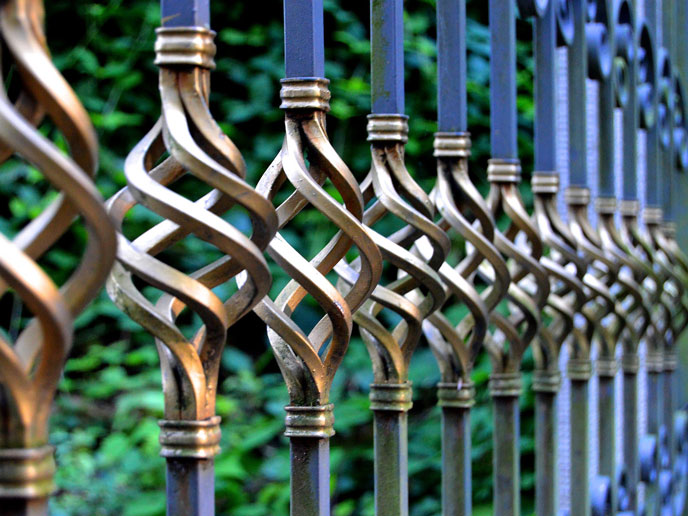VAISNAVA SIVA
Lord Siva’s position as the best of Vaisnavas.

Lord Siva can give liberation. He has that power, and he is a perfect agent of Lord Krishna. In the last chapter of Srimad Bhagavatam (12.13.16), you will see:
nimna-ganam yatha ganga devanam achyuto yatha
vaisnavanam yatha sambhuh purananam idam tatha
[“As the Ganga is the greatest of all rivers, Lord Achyuta the greatest of all deities, and Lord Siva the greatest of the Vaisnavas, so Srimad Bhagavatam is the greatest of all Puranas.”]
Here you can understand that Lord Krishna has given power to other demigods, and also that Lord Siva is the supreme Vaisnava. What does Lord Siva chant? He chants the Name of Rama. And on whom does Lord Siva meditate? On his master, Rama, Visnu. So, what is the mood of Lord Siva? Why does he meditate and chant? When you can understand this, then you can understand Krishna consciousness.
Once, Parvati Devi asked to Lord Siva, “Which form of the Lord is supremely worshippable?” Parvati expected Lord Siva to say, “Me. I am the Supreme Personality.” But Lord Siva did not say that. Lord Siva said:
aradhananam sarvesam visnor aradhanam param
“The supremely worshippable Personality of Godhead is Visnu, Krishna.” Then, Parvati Devi thought, “I am not worshipping Lord Visnu. I am worshipping Lord Siva.” Lord Siva smiled and said,
tasmat parataram devi tadiyanam samarchanam
“Narayan is the Supreme Personality of Godhead, and someone who worships Narayan worships the highest worshippable Lord, but even more than them is someone who worships the devotees of Narayan.” Parvati Devi was very happy to hear this. She knows Lord Siva meditates on Visnu and serves Visnu. She knows he is Vaisnavanam yatha Sambhuh, the best of all Vaisnavas, so she thought, “He serves Visnu, and I am serve him, so I am in a very peaceful position.”
Vedic culture was very widely and properly organised in South India, but now it is going in the wrong way. You have seen many wrong things in nature of South Indians, especially in the brahman class. They are taking the outer form of the Vedic culture, not the inner form, and in that way they have organised the worship of Lord Siva. Much clash came over this in the time of Ramanuja Acharya. When the Saiva sampradaya and the Ramanuja sampradaya rose, the Sankar sampradaya went down, and the Saiva and Ramanuja sampradayas clashed. The Saiva sampradaya wanted to worship Lord Siva and no one else, and their style of worship was not proper. We can still see this in South India today. They are very addicted, fanatic, you can say. The Ramanuja sampradaya also deviated maybe a hundred years after Ramanuja. They began to abuse the Saiva sampradaya by preaching:
vyaghrena khadamane ’pi na gachchhet siva-mandiram
Their theory was this: if you see a tiger coming to kill you, then even if there is a Temple of Lord Siva nearby where you can run, close the door, and save yourself from being eaten, do not go to the Siva Temple. Better to allow the tiger to kill you and give up your body than go inside a Siva temple!” They preached like this in an extreme way; it is not real Vedic preaching actually.
Everywhere there is some systematic adjustment. Proper adjustment comes down from Goloka Vrndavan. Transcendental knowledge comes down and adjusts everything. Everywhere in the Paravyoma Dham there are abodes and forms of Lord Visnu, and there also Lord Siva has a position. Lord Siva is also suddha-sattva, but when Lord Siva comes to in the mundane world as the master of Maya, then he becomes a gunavatar [the controller of the material mode of ignorance]. That position of Lord Siva is not so fair. Now everyone worships that Siva, the gunavatar Siva. We are Vaisnavas, and we worship Siva’s form as Sadasiva in the Paravyom Dham.
You know that in Vrndavan Dham there is Rasesvar Siva, Gopisvar Siva, and many other forms of Lord Siva. We worship these forms. We offer pranam to Gopisvar Siva in this way:
vrndavanavani-pate jaya soma soma-
maule sanandana-sanatana-naradedya
gopisvara vraja-vilasa-yuganghri-padme
pritim niyachchha nitaram nirupadhikam me
(Sri Sankalpa-kalpadruma: 103)
[“O protector of Vrndavan Dham! O husband of Uma, whose crown is the moon! O Siva, you are worshipped by Sananda, Sanatan, Narad, and all the sages! All glory to you! O guardian of the gopis! Please give me resolute and unconditional devotion to the lotus feet of the Divine Couple who play in Vraja.”]
Lord Siva gives entrance to the Rasa-lila of Lord Krishna. He is the doorkeeper of the Rasa Sthali. That form of Siva, however, is not a male form. In the form of a girl, a gopi, he is the gatekeeper of the Rasa Sthali, and when we are offer pranam there, we use this mantra. We ask him for devotion to Krishna and entrance to the Rasa-lila of Krishna. He gives that visa, and then we go inside the Rasa Sthali. So, Lord Siva has two positions: one as gunavatar, and the other as Suddha Siva. We always respect everybody, not only Gunavatars, Manvantaravatars, or Lila-avatars. We respect everything, but we are in the line of exclusive devotion to Lord Krishna. That is our position.
Source
Spoken on 23 January 1993.








